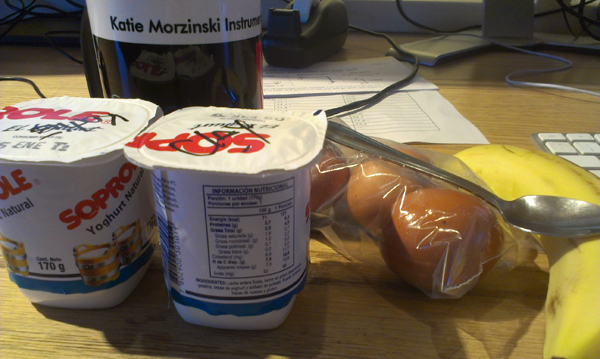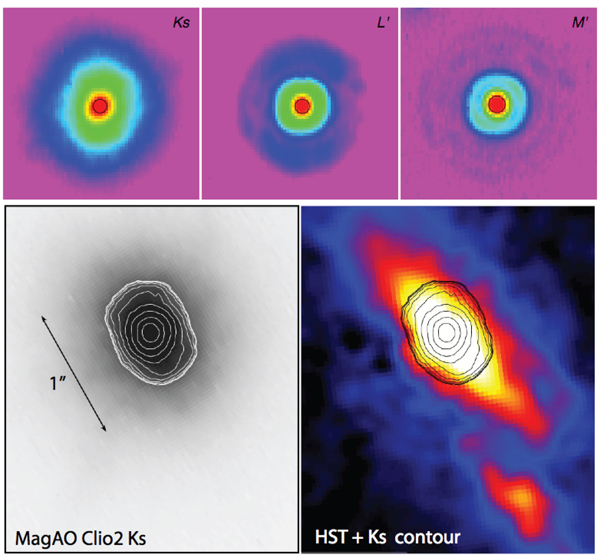
Mauerhan, J., et al. “Multiwavelength Observations of NaSt1 (WR 122): Equatorial Mass Loss and X-rays from an Interacting Wolf-Rayet Binary”
Home of MagAO and MagAO-X.

Mauerhan, J., et al. “Multiwavelength Observations of NaSt1 (WR 122): Equatorial Mass Loss and X-rays from an Interacting Wolf-Rayet Binary”
We’re home!!!
And we had a good trip back:
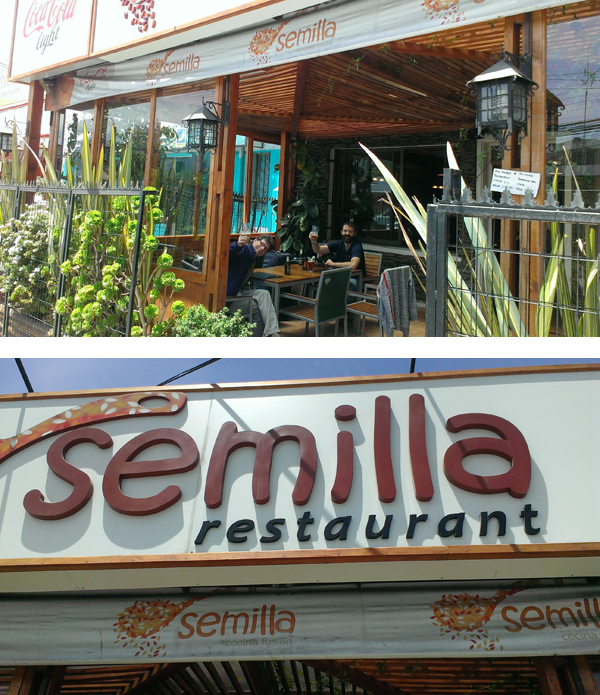
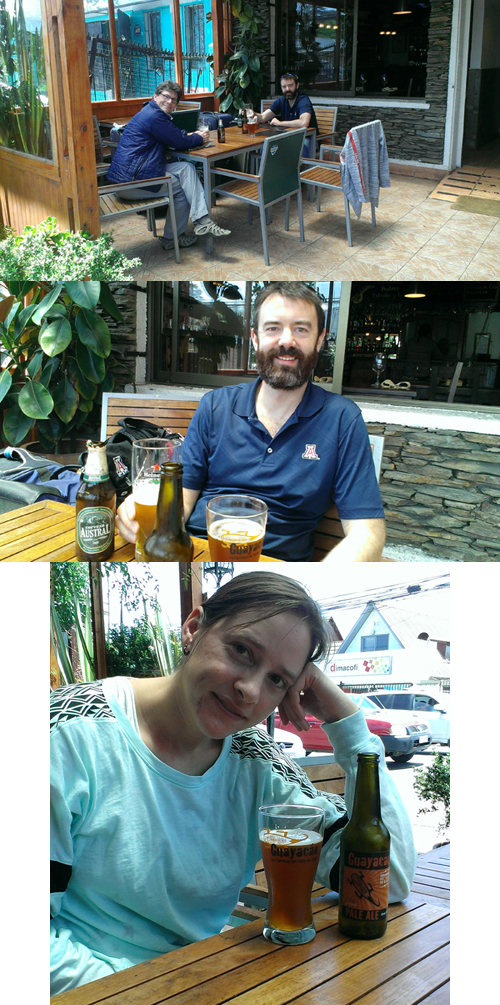
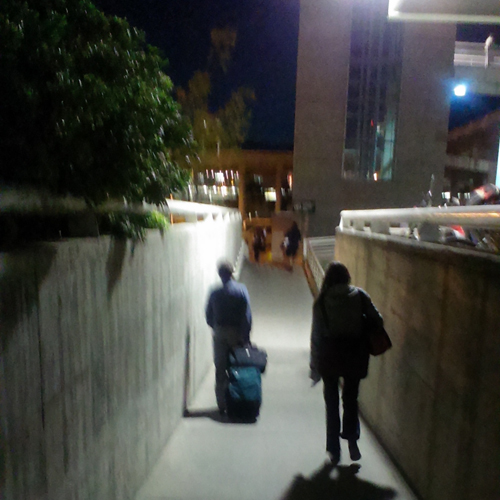
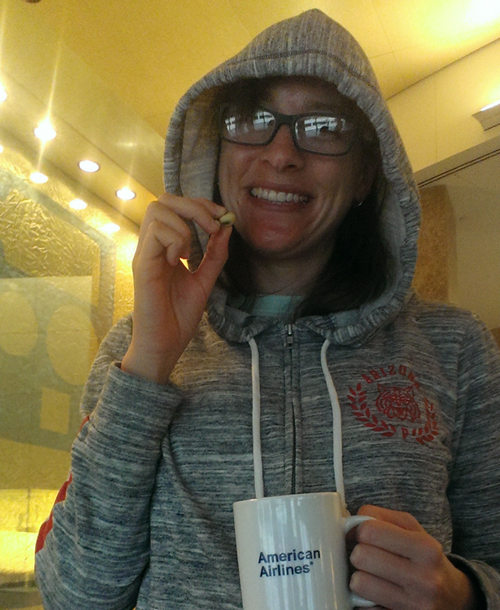

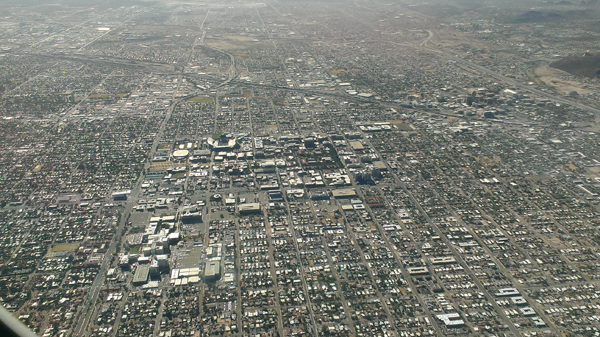
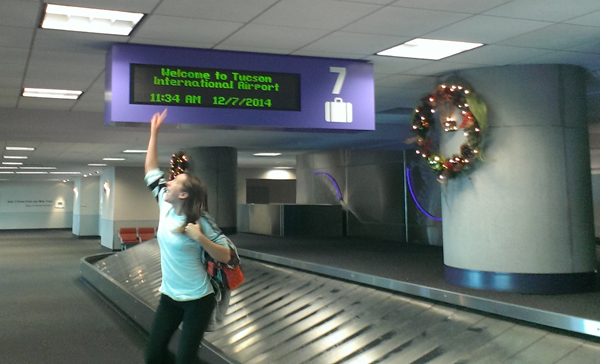
It was a good run. 37 nights on sky, good weather, good telescope, good AO, good crew, good astronomers… good data! Thanks to all who made this run a success.
42 days away from home is a long time. But from our pre-astronomer lives, Jared and I are both used to long deployments in remote areas. (Although the bottom of the ocean is a lot more remote than Namibia!). Anyway, we quite enjoyed coming home:
and are celebrating being back home in the USA:
Yesterday was day 40 and we switched back over to a day schedule, but the blog server was down so here I am posting now. Thanks to the 4th-floor at CAAO for getting us running again!
A few final pix from our last night on-sky — night 39:
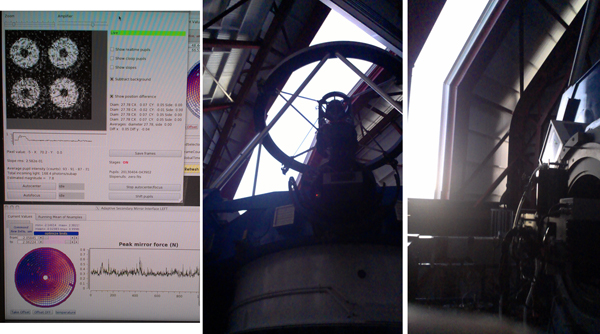
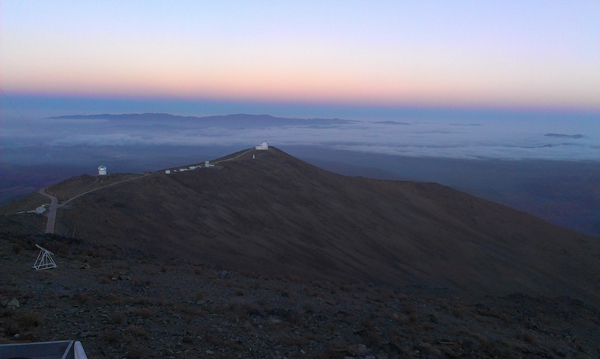
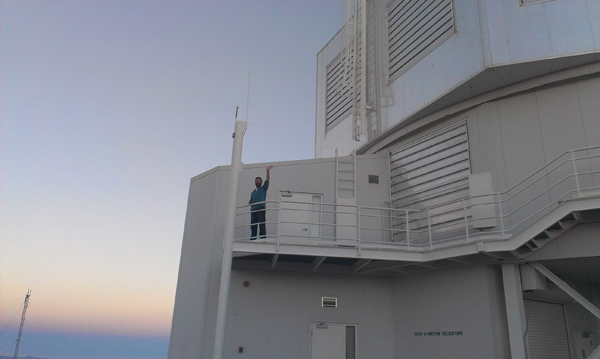
Day 40 was a short day for me. Laird had gone to bed at midnight on our last observing night, so we saw him at breakfast as he was just getting up but we were just going to bed. He pulled the ASM with the crew in the morning. Then Jared got up after a few hours sleep to help uncable the NAS, which they pulled next. Finally I got up in the afternoon after several hours sleep, to find that Laird Jared and the crew had already pulled Clio too! They were very fast this time!
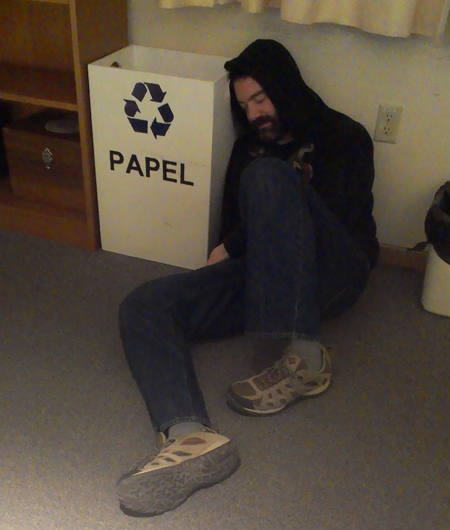
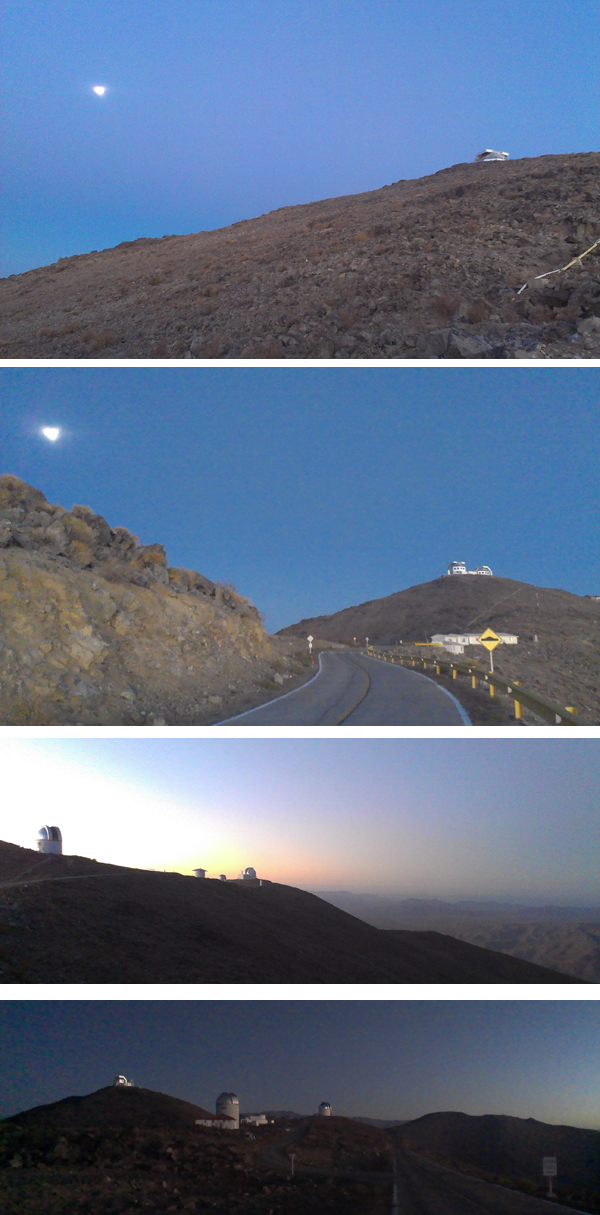
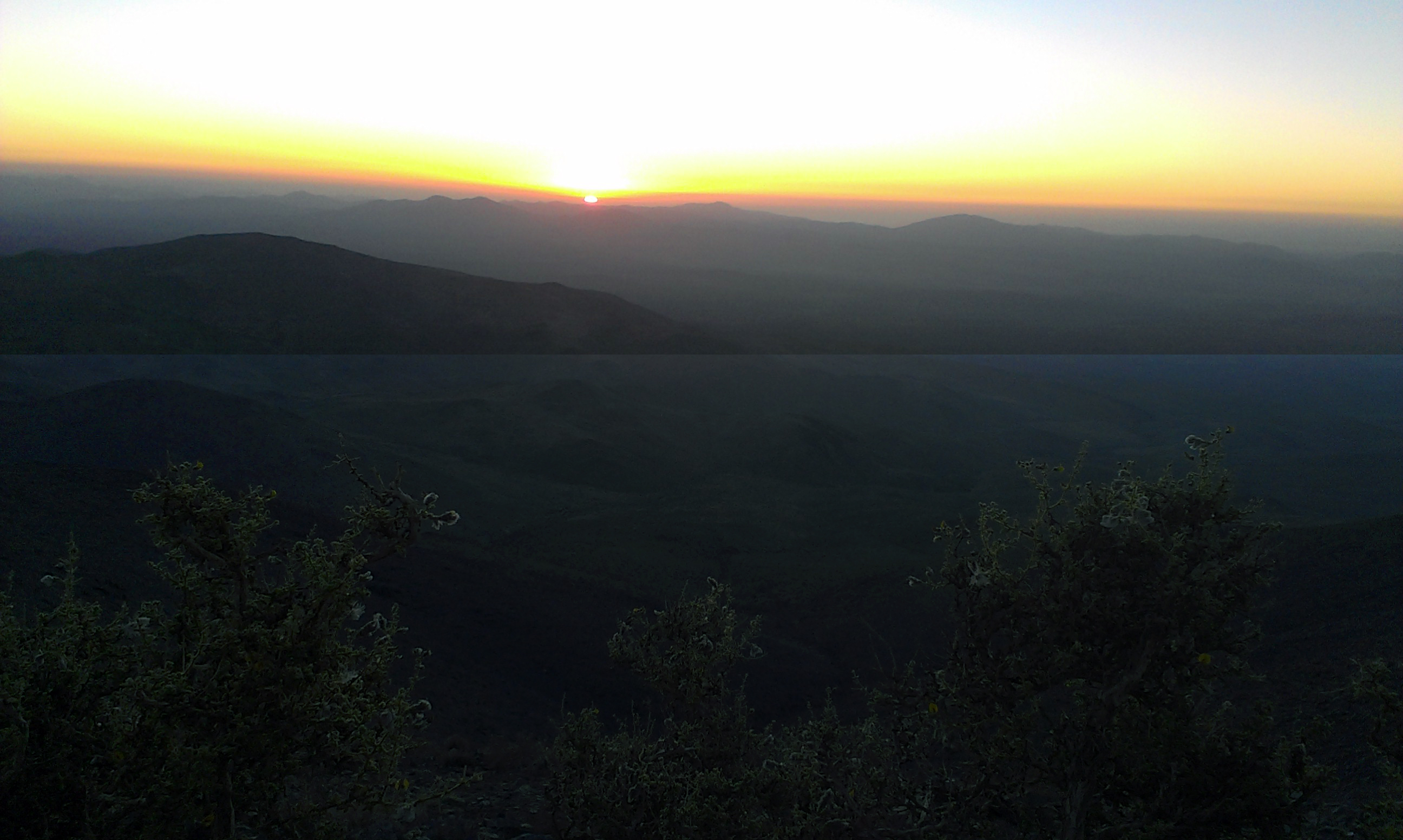
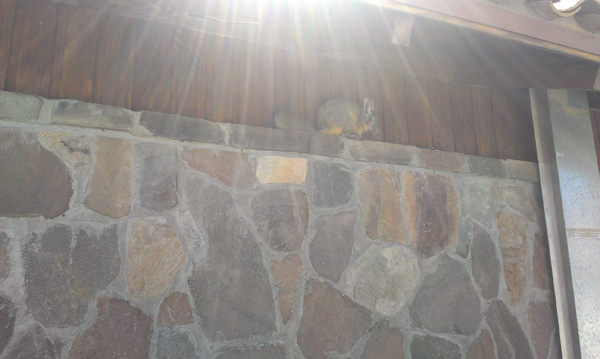
The staff here have taken such good care of us this run. They sent up my yogurt for breakfast that I had at 7:30pm, and a plate of delicious food for dinner every night. On Day 40, they were concerned that I didn’t go to lunch or dinner but also didn’t ask for una plata at night, so they sent Jared with some pizza. Thanks! It was delicious. My usual observing dinner:

We made it 40 days. I hope I can still swim when I get back!
Tonight… MagAO and the Return of the PI:
We are happy to report that Laird arrived safely today. He ran the AO tonight, and gave Jared and I a break — it was nice to not have to worry about the loop! He made it all the way to sunrise. (Jared and I make it well past sunrise these days… or should I say nights). Laird seemed a bit surprised that Jared and I hadn’t broken more things, and of course he was pleased to see that we are still happy and healthy.
Laird also delivered some goods from home: coffee, and my new credit card after my old one was cancelled by my bank for fraudulent activity in Germany (???). Unfortunately, he apparently missed the other package — wasabi peas that Jared and I were really looking forward to enjoying. Jared loves giving Laird a hard time, so he grabbed this screen to prove that the package was delivered to the Close residence before Laird left on Thanksgiving:

However, at least the Close residence is still following the blog… hello!
Tonight started out fine, but unfortunately ended with some pretty thick clouds. Well, in clouds and mediocre seeing, we can still lock on a bright star — Theta1 Ori B — and do astrometry with the Trapezium cluster! Voila:
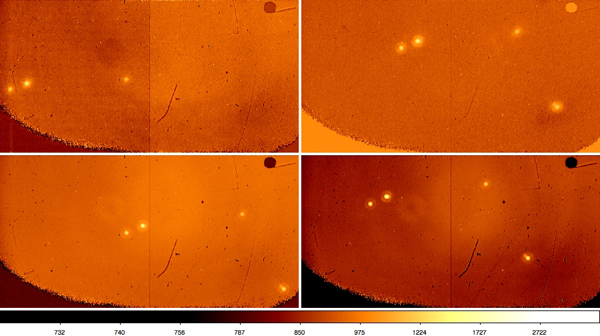
And now for the pretty pix:


In anticipation of Laird’s arrival, we had eaten the last of Graeme’s wasabi peas yesterday… oh well… here is a beautiful music video to enjoy instead — a treat for the eyes, in Cape Town:
Tonight was great. Good AO loop, good weather, good science. Last night, though, the internet was down for a few hours in the middle of the night, so we weren’t able to investigate the airglow until tonight, which we saw last night as fringing on the all-sky cam. Yuri Beletsky, Magellan Instrument Support Scientist and Astrophotographer, shared with us the following images he took of the airglow at LCO:
https://500px.com/photo/27927395/amazing-airglow-by-yuri-beletsky
https://500px.com/photo/81325491/airglow-and-the-milky-way-by-yuri-beletsky
Check them out, they’re gorgeous pix!
Yuri also shared with us this link describing the phenomenon of airglow.
In our cell-phone-camera pictures, you can see some fog from a couple days ago (the terrible horrible no good very cloudy night) at dawn, reminiscent of some of the fog Yuri saw in his Amazing Airglow pic:

And some more goings-on:
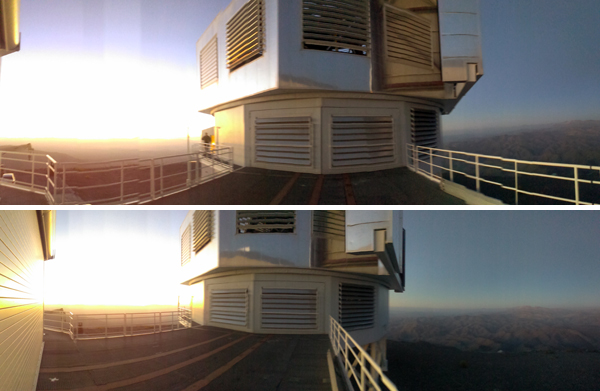

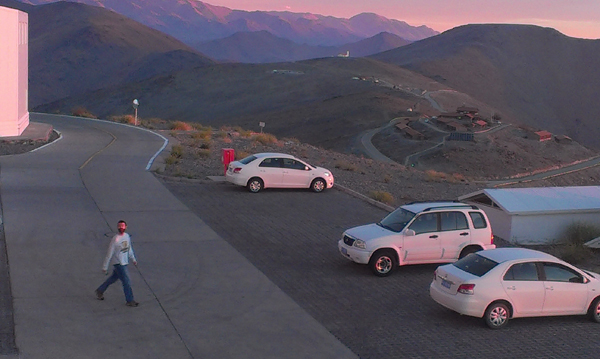
Typical breakfasts 1 and 2 — like hobbits!
